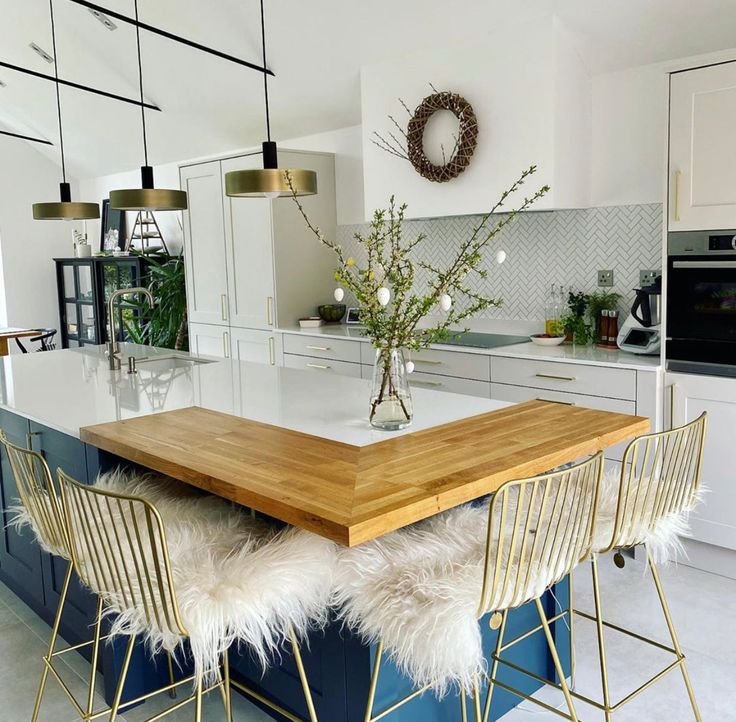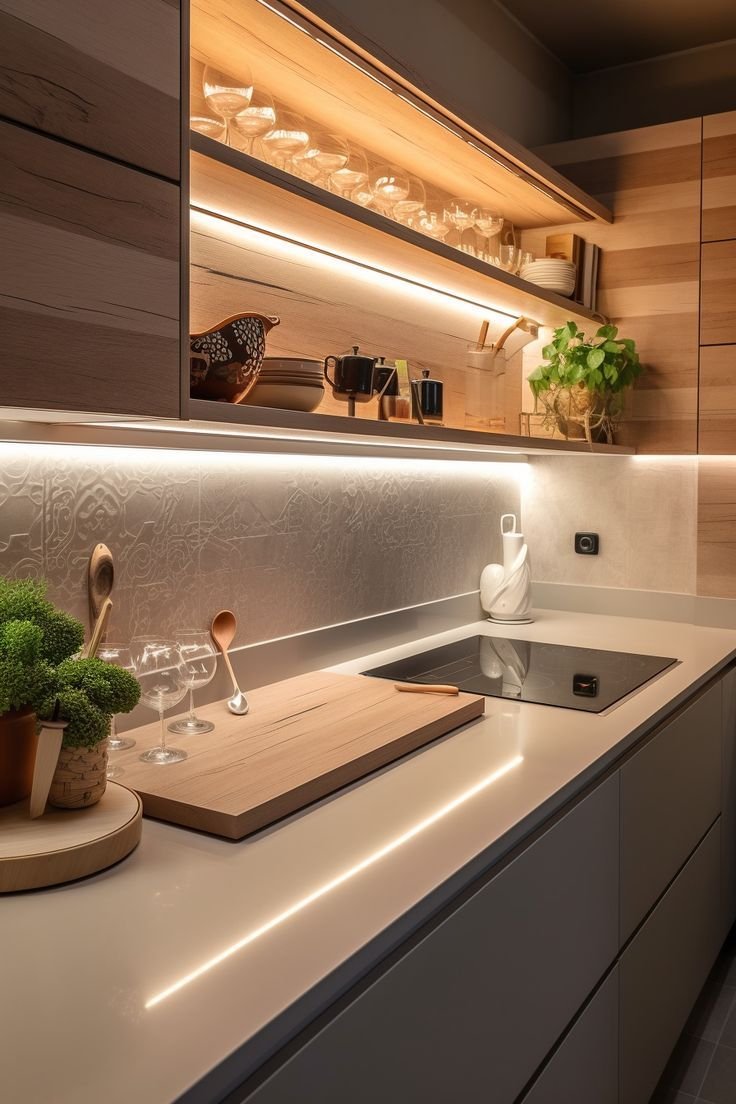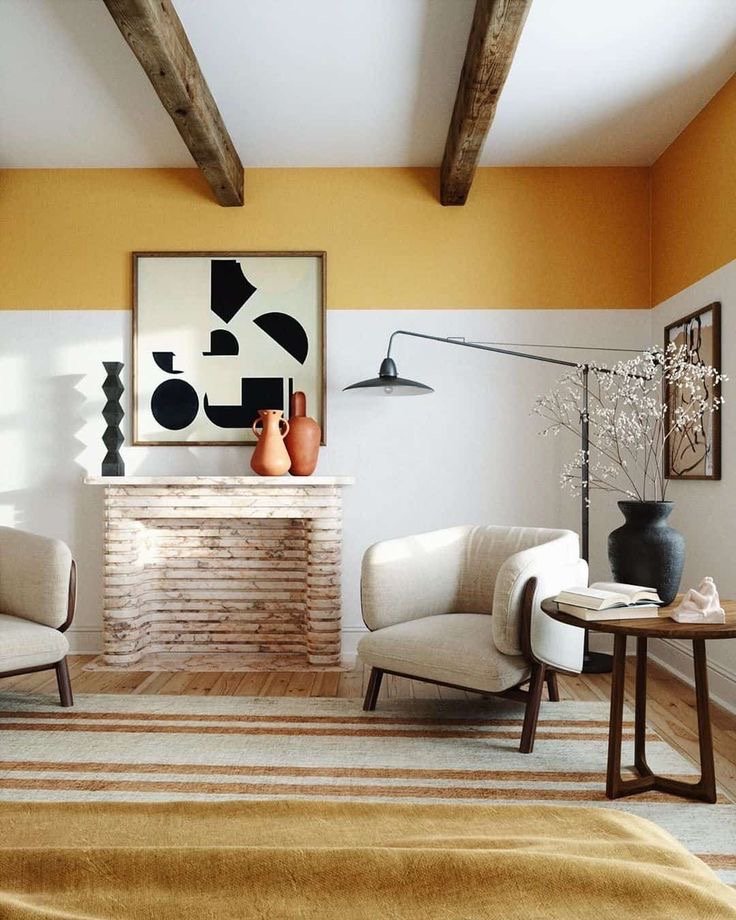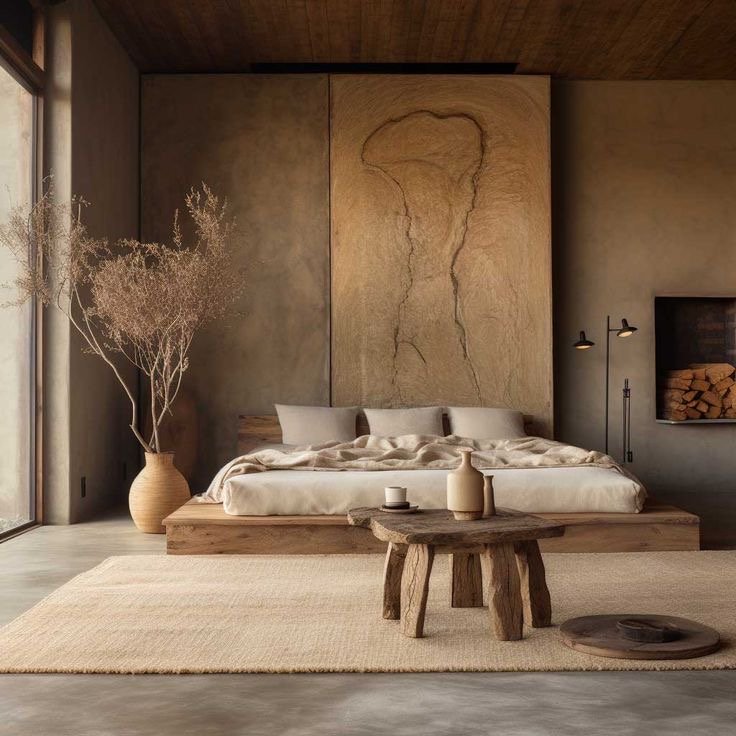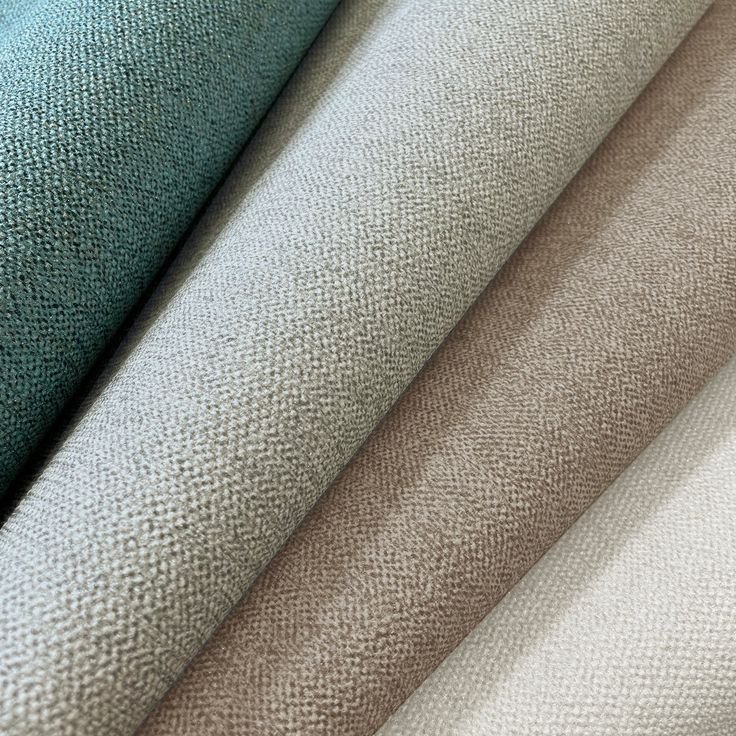The Art of Living: Kitchen as a Social Event
It all begins with an idea.
Principal Designer: Pam J Lambert
The kitchen is more than just a place for meals. It's a hub of connection, where we bond with our loved ones and guests. The social kitchen, the heart of our home, is where we cook, eat, and share our lives with family and friends. But how can we elevate our kitchens from mere functional spaces to vibrant social hubs?
In this blog post, I will share some transformative tips and ideas on designing and decorating your kitchen. These changes can turn your kitchen into a welcoming and inspiring place for social gatherings. Imagine a homey kitchen that creates a sense of belonging and connection, and let's make it a reality.
How do you design and decorate your kitchen for social events?
The layout plays a crucial role when designing a kitchen for social events. For instance, a kitchen island or peninsula can be a central hub for conversation and activity while providing extra work and storage space. This layout is ideal for larger gatherings, as it encourages social interaction and offers practical food preparation and storage solutions. Conversely, a U-shaped or L-shaped layout can create a more intimate setting for smaller groups, fostering a sense of closeness and comfort. To ensure social integration, it's essential to avoid placing appliances or cabinets in corners or along walls that disrupt the flow of movement and conversation.
Add seating options that suit your needs and style.
Whether you prefer stools, chairs, rattan looks, benches, or sofas, ensure you have enough seating for your guests and that they are comfortable and inviting.
You can play with material contrast and interpret your interior style.
Use lighting to create mood and ambience.
Lighting can make a big difference in how your kitchen feels and looks. You can use a combination of natural and artificial lighting to create different effects and moods. For example, you can use pendant lights or chandeliers over the island or table to create a focal point and a warm glow while using recessed lights or under-cabinet lights to illuminate the work areas and add sparkle. You can also use dimmers, candles, or fairy lights to create a cosy and romantic atmosphere.
Incorporate art and accessories that reflect your personality and taste.
Incorporating art and accessories that reflect your personality and taste into your kitchen is essential. Art and accessories can add character and charm, expressing your individuality and style. You can use various items such as paintings, prints, posters, photographs, sculptures, or any other art you love that complements your theme and style. Additionally, consider incorporating accessories like rugs, curtains, pillows, vases, plants, or baskets to introduce colour, texture, and interest to your space. Embrace mixing and matching different styles and patterns as long as they complement each other and create a harmonious look.
Please keep it clean and organised.
Don't be daunted by the task of transforming your kitchen from chaos to order. It's simpler than you think. Just a few straightforward tips can turn your kitchen into a space that's a pleasure to work in. Start by utilizing cabinets, drawers, shelves, racks, or hooks to store your utensils, appliances, dishes, and other items. Labels, jars, baskets, or boxes can be your allies when it comes to organizing your pantry, spices, or snacks. And remember, it's important to have ample counter space and trash bins for food preparation, serving, and waste disposal.
Conclusion
The kitchen is more than just a place to cook and eat; it is also a place to live and enjoy. By designing and decorating your kitchen with social events in mind, you can unleash your creativity and create an inviting, inspiring, and fun space for you and your guests.
As you embark on the journey of transforming your kitchen into a social event haven, I trust this blog post has sparked your creativity and provided you with practical tips. Thank you for joining me on this design adventure! 😊
How do you turn your interior wall into a creative canvas for your interior living?
It all begins with an idea.
Principal Designer: Pam J Lambert
Interior wall design can be a bit tricky for many people. You may want to interpret your interior style with the ambience of your home, playing with walls. To create a sense of spaciousness, modern elegance, vibrant artistry-poetry, rustic charm, authentic flaws, or vintage allure, homeowners must carefully select colour schemes, textures, designs, materials, and prints for their interior spaces. This might initially sound easy, but it is not easy after all.
In this blog post, before making those crucial decisions, I will share tips and ideas on making your interior wall aesthetically attractive and resonate with your story.
Wall pattern design: when wood and pattern come into play!
Wall pattern design is a creative playground, offering endless possibilities to add personality, texture, and style to any space in your home. Whether you're drawn to a cosy rustic vibe, a sleek modern look, or a stunning geometric effect, wood and pattern are the perfect elements to bring your vision to life. We can creatively use wood with pattern design to achieve a myriad of design elements. From wood strips to wood tiles, from simple grids to intricate shapes, from natural hues to vibrant colours, the world of wood and pattern combinations is your oyster, catering to every taste and budget.
Wallpaper magic: create a decorative wall statement or a luxury interior wall design niche!
Wallpaper is not just a wall covering, but a medium for you to infuse your style, personality, and creativity into your space. It can create a striking wall statement or a niche of luxury in your interior design, depending on your choices. Explore a range of wallpaper ideas for different rooms and purposes, each offering a unique opportunity to express your taste and mood. From bold patterns and colours to subtle textures and effects, from geometric shapes and stripes to floral and animal prints, there's a wallpaper that resonates with your personal style. Let the magic of wallpaper inspire you!
A clever play on point and budget with colour ambience: colour paint as a tool!
Colour, paint, and scheme are versatile tools that allow us to showcase our mood and style. They are not just influential, but also clever, as they can be used to play with your space and budget. You can achieve amazing effects with minimal cost and effort. Let’s explore some color paint ideas that can enhance the pleasing ambience of your home, from bold and vibrant colors to soft and subtle hues, from simple tone-on-tone to more complex elegance.
Let’s be authentic and play with material flaws: the artistry of less is more!
Have you ever heard of the Japanese concept of wabi-sabi? It's a philosophy and aesthetic that embraces the beauty of imperfection, impermanence, and incompleteness. But it's not just a concept; it’s a practical approach to home interior design. By applying the principles of wabi-sabi, we can create a space and wall ambience that's not just artful and cosy but also original. We can play with wall material flaws, creating a stunning contrast between the old and the new, the simple and the complex, the rough and the smooth. Let’s explore the artistry of less is more!
Art talk with a cup of tea: wall showcase storytelling with your love of art!
You can showcase your love of art with storytelling on your walls. It can be an enchanting way to create a cosy conversation and inviting atmosphere for your art talk session among family members, good friends, or guests at home. Art is a visual pleasure and a way to tell stories, express emotions, and connect with others. Whether you prefer paintings, prints, sculptures, or mixed media, there is a wall art idea for every taste and style. You can create a stunning wall display that reflects your personality and passion from vintage to modern geometric patterns, from classic landscapes to abstract expressions, and from minimalist frames to eclectic collages. Let’s explore the art of wall showcase storytelling with a cup of tea!
Create your depth of field story with tile: magical tile selection and kitchen backsplashes!
Tile is a versatile and durable material that can add beauty and functionality to any kitchen. But did you know that tile can also create a stunning visual effect that enhances the depth and dimension of your space? You can create a magical tile selection that makes your kitchen backsplash pop by choosing the right tile size, shape, colour, and pattern. Here are some of the best ideas for creating your depth-of-field story with tile. The world of tile is vast and exciting, offering a multitude of options for every taste and style. From large-format tiles to mosaic tiles, from monochromatic schemes to colourful contrasts, and simple layouts to complex arrangements, the possibilities are endless. Let’s dive into the magic of tile and discover the perfect option for your kitchen!
Imagine a wall interior that exudes luxury, with high-end fabric mounted to perfection. This is not a dream, but a design approach that is within your reach!
Adding elegance, texture, and personality to your walls can be as simple as using high-end fabric as a wall covering. Whether you're aiming for a cosy and warm atmosphere, a sophisticated and refined look, or a bold and dramatic statement, fabric can help you achieve your desired style and mood. Here, we showcase some of the best examples of luxurious wall interiors with mounted high-end fabric, demonstrating how this simple yet stunning technique can uplift your interior approach. From velvet and silk to linen and cotton, from solid colours and patterns to prints and embroideries, there is a fabric for every taste and occasion. Let’s explore the beauty and benefits of fabric wall coverings!
Interior Spire - the power of small objects…
It all begins with an idea.
Principle Designer: Pam J Lambert
When it comes to interior design, the transformative power of small objects is often underestimated. If used wisely, these seemingly insignificant items can significantly alter a space’s overall look and feel, inspiring a new wave of creativity in your home.
Here are some of the benefits of using small objects as interior decorative items:
Small objects can add colour, texture, and personality to a room without overwhelming it. They can create a delicate balance and harmony with the space's more significant elements, such as furniture, walls, and floors. This balance can bring a sense of tranquility and harmony to your space, making it a peaceful haven.
Small objects have the power to create focal points and visual interest in a room. They can draw attention to a specific area or feature of the space, such as a fireplace, a window, or a she. Varying the objects' height, shape, and arrangement can also create a sense of movement and dynamism. But more than that, a cluster of candles, vases, or books can work wonders in creating a cosy and inviting atmosphere, making you feel comfortable and at home.
They can be easily changed and updated according to the season, mood, or occasion. Small objects are more flexible and affordable than larger ones and can be easily swapped, moved, or replaced. They can also create different themes and effects, such as rustic, modern, or romantic. For example, a simple change of pillows, throws, or rugs can transform the look and feel of a room.
Small objects can be anything from plants, flowers, and candles to sculptures, paintings, and photographs. The key is choosing objects that complement the space and express your personality and creativity. Remember, small objects can have immense power in interior decorative items.
Form follow function - less is more …
It all begins with an idea.
Principle Designer: Pam J Lambert
Form Follows Function! Less is More ... The principle of 'form follows function' stands as a beacon of influence in modern design. Its profound impact is felt in the idea that the shape and appearance of an object should be determined by its purpose and function, rather than by ornamentation or decoration.
The shape and appearance of an object should be determined by its purpose and function rather than by ornamentation or decoration. This principle was popularised by architects and designers such as Louis Sullivan, Frank Lloyd Wright, and Ludwig Mies van der Rohe, who advocated for simplicity, clarity, and honesty in design. However, applying the 'form follows function' principle is not without its challenges. It requires a deep understanding of the object's function and the ability to balance it with aesthetic considerations. One of the consequences of applying the form follows function principle is that less is more. This means that the best design is the one that uses the least amount of elements to achieve the desired effect and that avoids unnecessary complexity and clutter. This principle was also championed by Mies van der Rohe, who famously said: "I don't want to be interesting. I want to be good." Less is more implies that good design is not about adding more features but about removing the ones that are not essential.
Form follows function, and less is more applicable to architecture, design, and other fields and aspects of life. For example, in writing, form follows function means that the style and structure of a text should match its content and message and that less is more means that the best writing is the one that uses the most precise and concise words to convey the meaning. In art, form follows function, which means that the medium and technique of artwork should reflect its concept and expression and that less is more means that the best art is the one that uses the most minimal and elegant forms to create the most powerful and profound impact. Form follows function, and less is more, as are principles, values, and attitudes. They represent a way of thinking and living that values quality over quantity, essence over appearance, and substance over style. They challenge us to be more mindful, intentional, and creative in everything we do and to seek the beauty and meaning in the simple and the essential.









